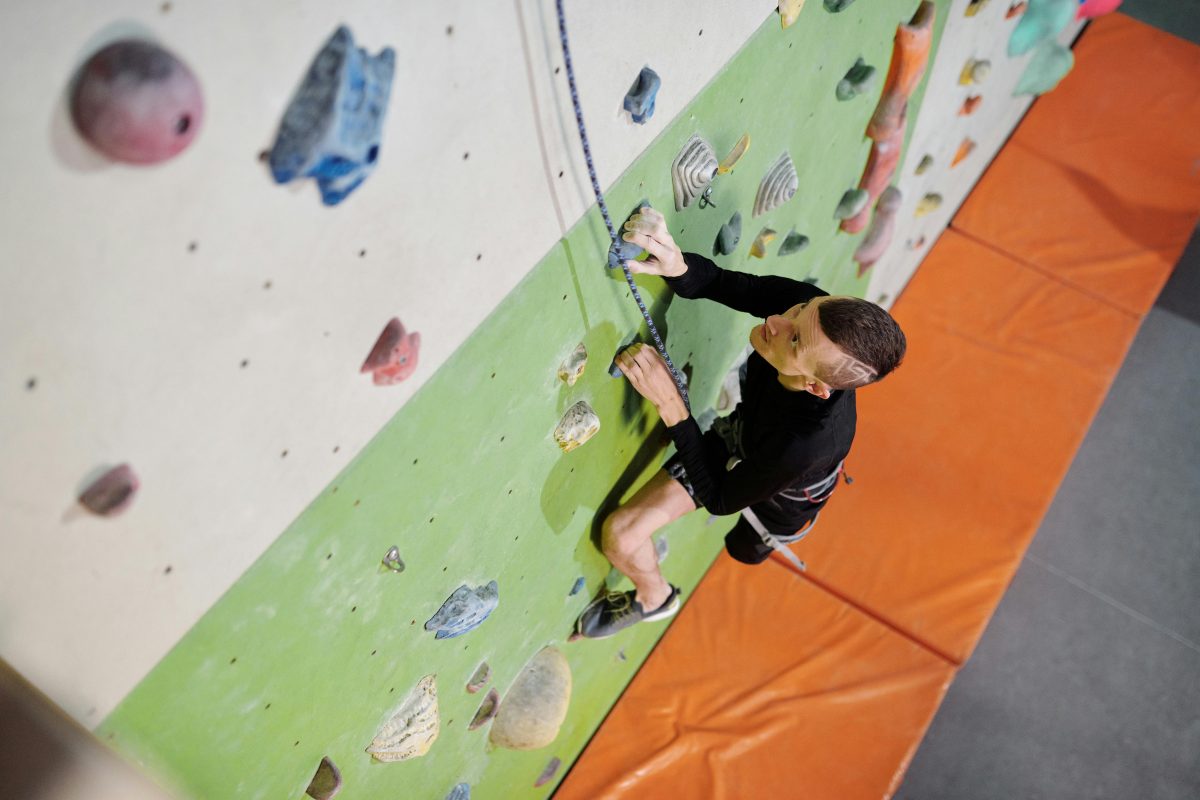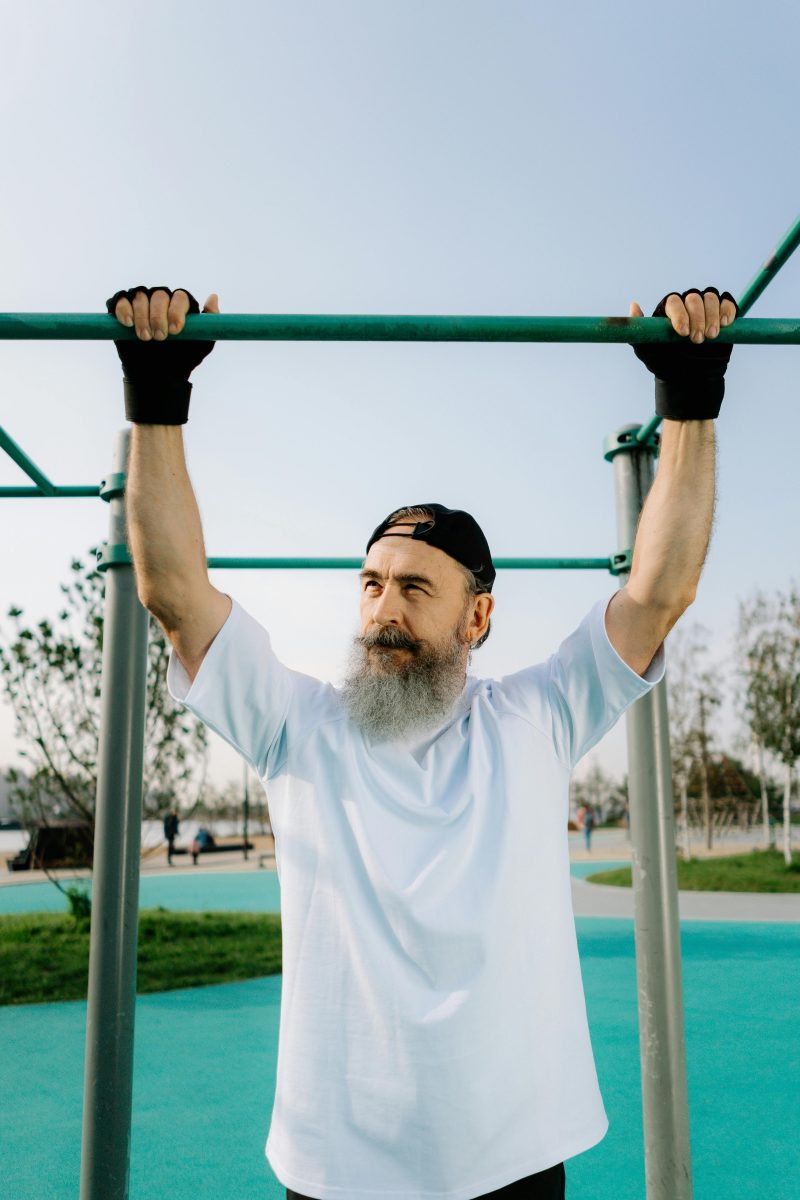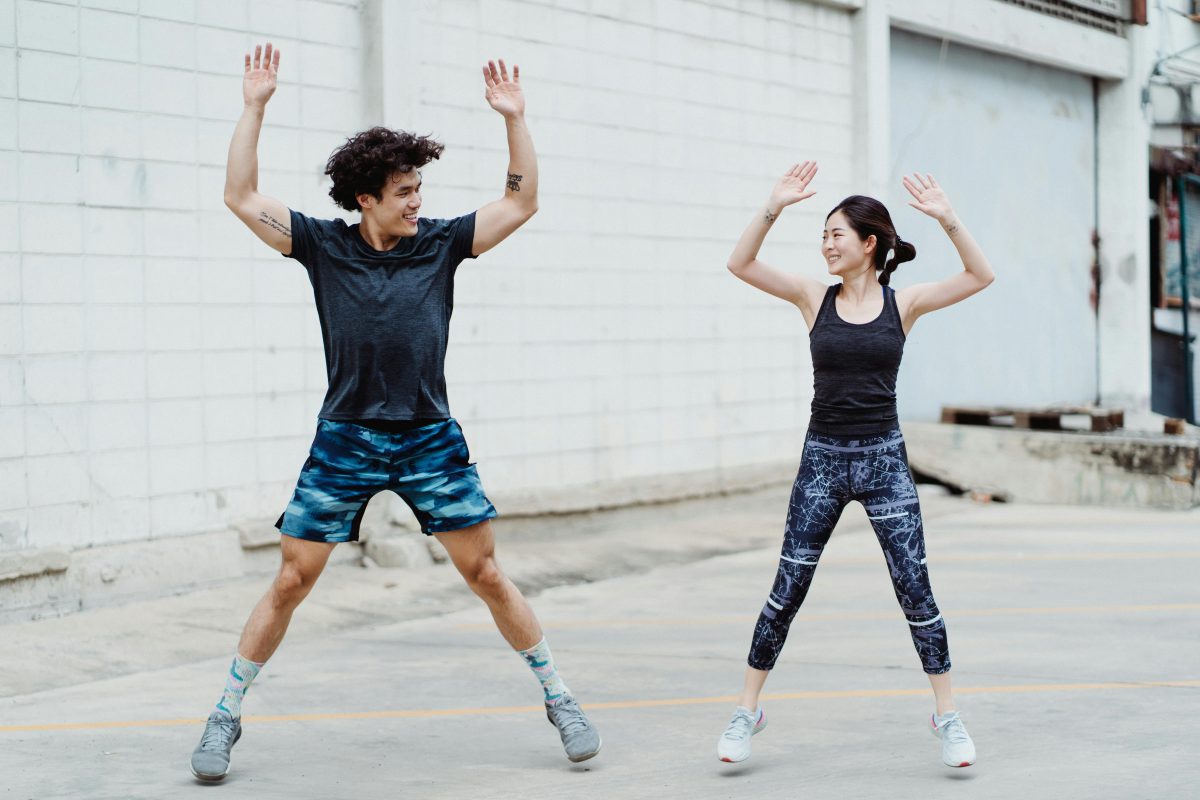Last Updated on: 14th July 2024, 09:32 am
Introduction to the Concept of Longevity and Exercise

Longevity, the art of living a long and healthy life, stands as a testament to the marvels of human resilience and medical advancement. Its importance cannot be overstated, as it encapsulates not just the duration but the quality of life. Exercise emerges as a pivotal factor in this intricate dance of years, weaving its way through the fabric of longevity, enhancing both its texture and color.
The purpose of this article is to delve into the dynamic relationship between exercise and longevity. Through a lens of scientific inquiry and real-world examples, we aim to persuade and illuminate. Exercise, often celebrated for its immediate benefits on mood and health, holds a deeper, more profound role in extending our years under the sun while enriching their content.
Understanding this relationship is not just about adding years to life, but life to years. Let’s embark on this journey together, exploring how regular physical activity can be the cornerstone of a long, vibrant life.
The Science Behind Exercise and Longevity

Biological Mechanisms: Exercise and Aging at the Cellular Level
- Boosts the production of antioxidants, protecting cells from damage.
- Stimulates the release of proteins that promote cell repair and regeneration.
The Role of Exercise in Preventing Chronic Diseases Associated with Aging
- Enhances cardiovascular health, strengthening bones, and reducing inflammation.
- Cuts the risk of heart disease, diabetes, and osteoporosis.
Impact of Physical Activity on Mental Health and Its Correlation with Lifespan
- Reduces stress, alleviates anxiety, and fends off depression.
- Improves quality of life and is linked to a longer lifespan.
In conclusion, the science behind exercise and longevity reveals a clear path: incorporating regular physical activity into our lives is not just beneficial, it’s essential. It’s a journey that promises not just more years in our life, but more life in our years. Let’s embrace this path, for it leads to a destination worth reaching: a long, fulfilling life.
Types of Exercise and Their Impact on Longevity

Aerobic Exercises: A Lifeline for Your Heart
- Walking, running, and swimming improve the efficiency of the heart, lungs, and circulatory system.
- Robust defense against heart disease, the leading cause of death worldwide.
Strength Training: The Foundation of Youthful Vigor
- Counters age-related muscle loss, preserving metabolic rate and bone density.
- Maintains muscle strength, coordination, and balance.
Flexibility and Balance Exercises: The Key to Aging Gracefully
- Yoga and tai chi enhance mobility, reduce the risk of falls, and improve the quality of life.
- Dedicating time to stretch and balance exercises ensures a safer, more active, and independent life as we age.
Incorporating a mix of aerobic, strength, and flexibility exercises into our daily routine can significantly impact our longevity and quality of life. Each type of exercise contributes uniquely to our health, offering a holistic approach to aging well. Let’s make physical activity a priority, for a longer, healthier, and happier life.
The Optimal Exercise Regimen for Enhancing Longevity

Recommendations from Health Organizations
- At least 150 minutes of moderate-intensity aerobic activity or 75 minutes of vigorous-intensity activity per week.
- Muscle-strengthening activities on two or more days a week.
Tailoring Exercise to Individual Needs
One size does not fit all. Personal health conditions, age, and lifestyle dictate the need for a customized exercise plan. For some, brisk walking might suffice, while others may thrive on high-intensity interval training. Consulting with healthcare professionals can help tailor an exercise regimen that respects individual limitations and goals, ensuring sustainability and effectiveness.
Exercise as Medicine
The adage “exercise is medicine” rings truer than ever. Integrating physical activity into daily life acts as a preventive measure against chronic diseases and as a catalyst for enhancing mental health and cognitive function. It’s a prescription without a pharmacy, one that holds the key to not just living longer, but living well. Embracing this concept can transform our approach to exercise, making it a non-negotiable part of our daily routine.
Adopting an optimal exercise regimen is a cornerstone of longevity. By following established guidelines, customizing activities to fit personal needs, and viewing exercise as a vital component of health, we can all stride towards a future marked by years enriched with vitality and fulfillment. Let’s prioritize physical activity today, for a tomorrow that’s vibrant and enduring.
Overcoming Barriers to Exercise for a Longer Life

Common Obstacles to Regular Exercise
Time constraints, dwindling motivation, and physical limitations often stand in the way of regular exercise. These barriers, though formidable, are not insurmountable. Recognizing them is the first step toward a more active lifestyle, crucial for longevity.
Strategies for Incorporating More Physical Activity into Daily Routines
Integrating exercise into daily life need not be daunting. Small, consistent changes can lead to significant health benefits. Opt for stairs over elevators. Park further away. Engage in short, brisk walks during breaks. These simple acts, woven into the fabric of our day, can elevate our health and extend our years.
The Role of Technology and Community in Facilitating Regular Exercise
Technology, with its fitness trackers and exercise apps, serves as a personal coach, motivating and guiding us toward our fitness goals. Meanwhile, community, whether found in exercise classes or walking groups, provides the social support crucial for sustaining activity. Together, they create a powerful duo that can inspire and sustain regular exercise, paving the way for a longer, healthier life.
Overcoming the barriers to exercise demands creativity, commitment, and a community. By integrating physical activity into our daily routines, leveraging technology, and drawing on the strength of community, we can surmount these obstacles. The journey toward a longer, more vibrant life is a marathon, not a sprint. Let’s take that first step today.
Real-Life Success Stories: Exercise Transforming Lives

Case Studies: The Power of Physical Activity
- John’s Journey: At 52, sedentary and overweight, John faced a high risk of heart disease. Through regular jogging and dietary changes, he not only reversed his risk factors but also enriched his life quality.
- Emily’s Transformation: At 65, Emily began swimming and saw her blood pressure and joint pain improve dramatically. Her story highlights the transformative power of exercise at any age.
Expert Insights: Exercise as a Lifespan Extender
Research reveals the astonishing impact of exercise on longevity:
- Moderate exercise can add up to seven years to life expectancy.
- Starting to exercise later in life still offers significant health benefits, improving chronic conditions and mental health.
These insights are not mere statistics; they are beacons of hope for a healthier future.
Remarkable Findings: Exercise and Longevity
- A brisk walk each day can reduce mortality risk by 20%.
- Strength training twice a week helps keep age-related muscle decline at bay.
By integrating these practices into our daily lives, we forge a tapestry of well-being that enhances our life’s quality and duration.
In Closing
Exercise is the key to unlocking a longer, fuller life. It’s a journey of resilience and joy, blending the vigor of youth with the wisdom of age. Through the synthesis of aerobic, strength, and flexibility training, we forge a path toward not just surviving, but thriving. These practices, backed by scientific evidence and real-life success stories, underscore the profound impact of physical activity on our longevity and quality of life. Let’s commit to this life-enhancing habit, for a future brimming with health and happiness.
The Relationship Between Exercise and Longevity FAQs
Yes, exercise can significantly reduce the risk of developing chronic diseases such as cardiovascular disease, type 2 diabetes, and certain cancers. By improving cardiovascular health, regulating blood sugar levels, and helping to maintain a healthy weight, exercise plays a crucial role in disease prevention. Regular physical activity also helps in managing stress and improving mental health, which are important factors in chronic disease management.
Yes, lifestyle factors such as diet, smoking, and alcohol consumption can influence the relationship between exercise and longevity. While exercise has numerous health benefits, combining it with a healthy diet, avoiding smoking, and limiting alcohol intake can amplify its effects on lifespan. These lifestyle choices work synergistically with physical activity to reduce disease risk and promote longevity.
Yes, starting exercise later in life can still improve longevity and significantly reduce the risk of chronic diseases and mortality. Even individuals who begin exercising in middle age or later can see substantial health benefits, including improved heart health, better physical function, and increased lifespan. It’s never too late to start, and even moderate activities can make a meaningful difference in health outcomes.
Yes, regular exercise can increase lifespan by reducing the risk of chronic diseases such as heart disease, diabetes, and cancer. Exercise improves overall heart health, enhances insulin sensitivity, and boosts the immune system. Additionally, it can improve mental health and slow down the aging process at the cellular level.
Yes, the intensity of exercise can affect its benefits on longevity, with both moderate and vigorous activities offering significant health advantages. Moderate activities, such as brisk walking, are effective in improving heart health and reducing disease risk, while vigorous activities, like running, may offer additional benefits in a shorter amount of time. However, it’s important to balance intensity with individual fitness levels to avoid injury and ensure sustainable practices.
Exercise affects aging at the cellular level by promoting telomere lengthening and improving mitochondrial function, which are both indicators of cellular health and longevity. Telomeres, which protect chromosomes from deterioration, tend to lengthen with regular physical activity, slowing the cellular aging process. Additionally, exercise enhances mitochondrial biogenesis, improving energy production and efficiency in cells, which is vital for slowing down the aging process and extending lifespan.
Exercise contributes to mental health and longevity by reducing symptoms of depression, anxiety, and cognitive decline. Physical activity stimulates the release of endorphins, which are natural mood lifters, and it also promotes neurogenesis, the creation of new brain cells, which can improve brain function and protect against age-related decline. These mental health benefits are crucial for a longer, healthier life as they improve quality of life and overall well-being.
To positively impact longevity, a minimum of 150 minutes of moderate aerobic exercise or 75 minutes of vigorous exercise per week is recommended. This guideline, set by the World Health Organization, helps in reducing the risk of premature death and can be adjusted based on individual health and fitness levels. Incorporating strength training exercises at least two days a week further enhances benefits.
No single type of exercise is considered the best for longevity; rather, a combination of aerobic, strength, flexibility, and balance exercises is most beneficial. Aerobic exercises improve cardiovascular health, strength training builds muscle and bone density, while flexibility and balance exercises help prevent falls and injuries. A varied exercise routine addresses multiple aspects of health and can contribute to a longer, healthier life.
While genetics play a role in longevity, there is no clear genetic limit to how much exercise can improve lifespan. Exercise benefits individuals across different genetic backgrounds by reducing disease risk and improving physical and mental health. However, individual responses to exercise can vary, suggesting that genetics may influence the extent of benefits received, but does not set a definitive limit.
Orlando is a all round athlete from Australia, now resident in Germany. His sports of passion of American Football(Offensive line), weight training and indoor rock climbing where he uses his 195cm wing span to his advantage.



